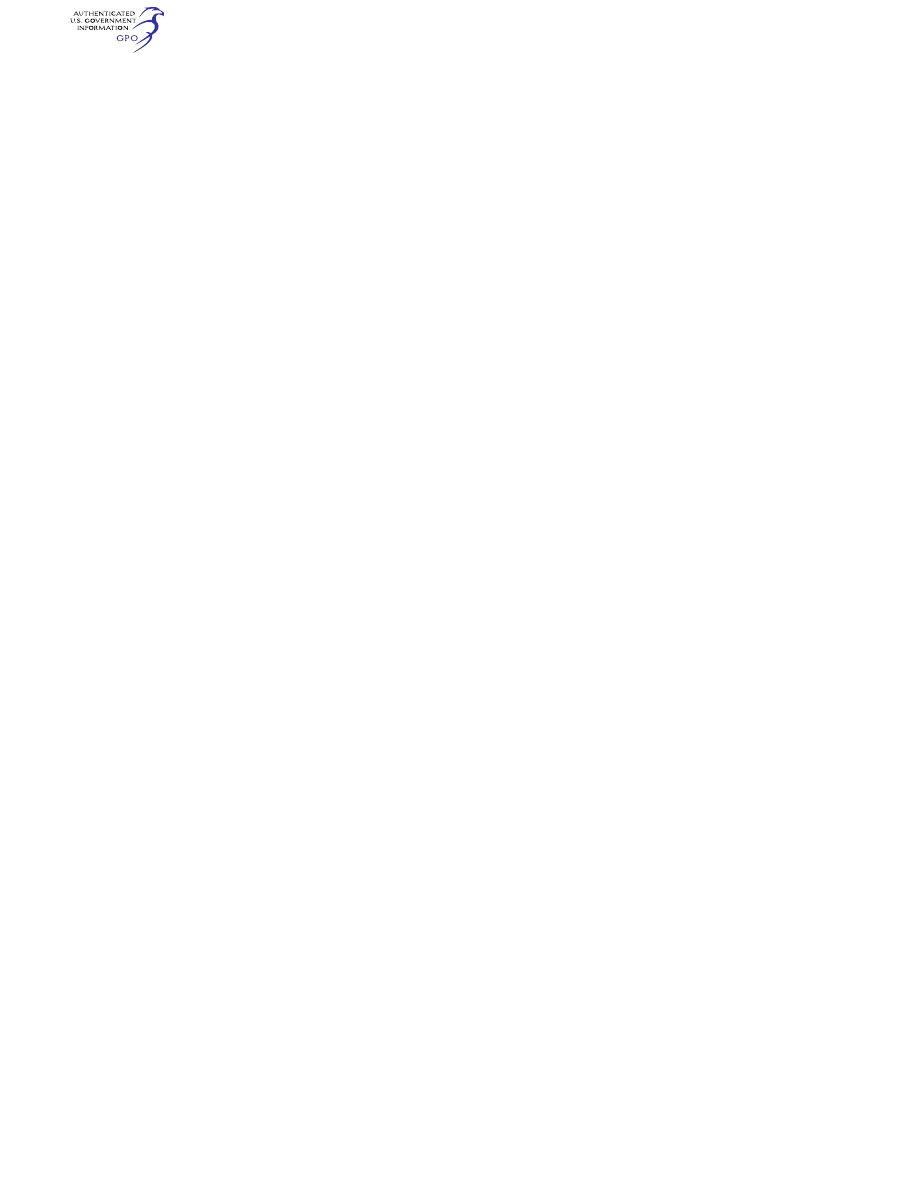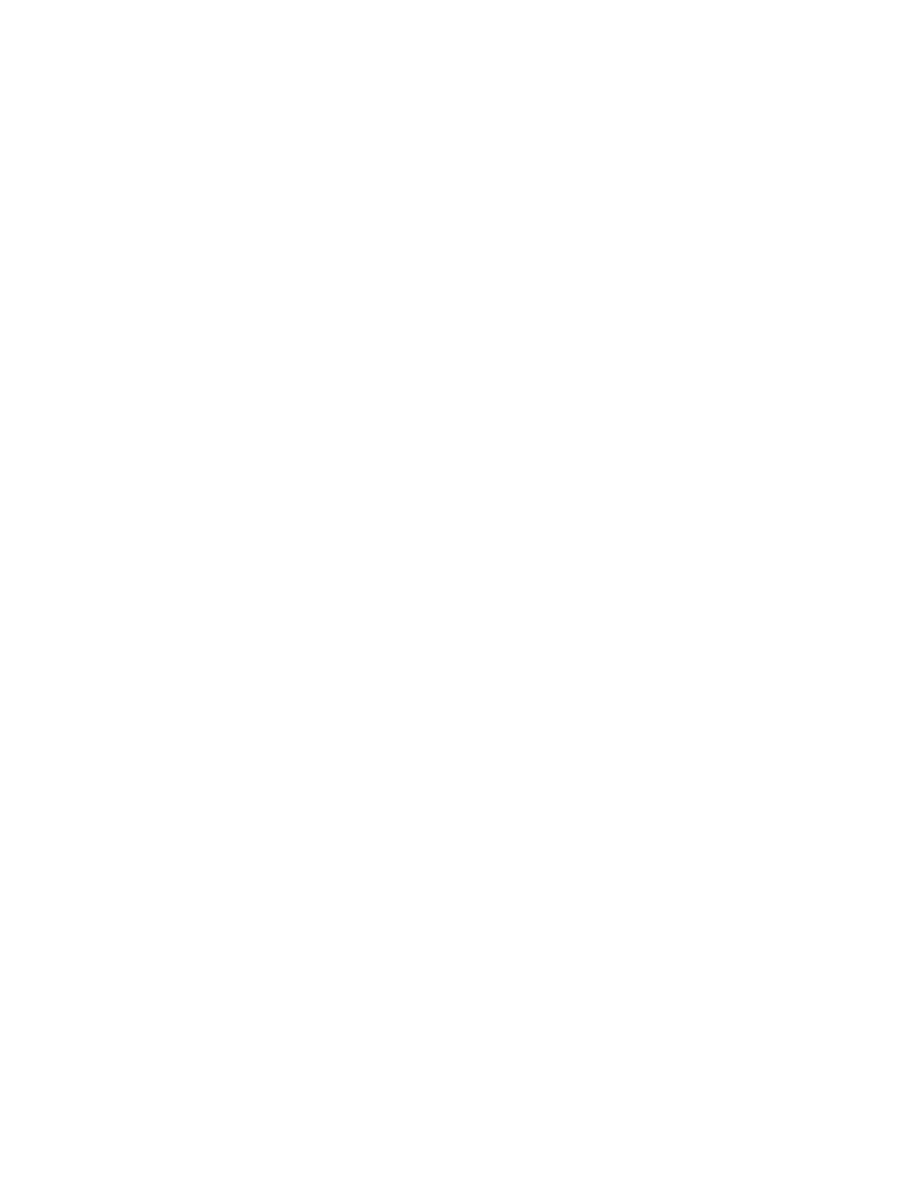
242
14 CFR Ch. I (1–1–24 Edition)
§ 25.353
(1) The control system on control
surface stops; or
(2) A limit pilot force of 300 pounds
from V
MC
to V
A
and 200 pounds from V
C
/
M
C
to V
D
/M
D
, with a linear variation
between V
A
and V
C
/M
C
.
(b) With the cockpit rudder control
deflected so as always to maintain the
maximum rudder deflection available
within the limitations specified in
paragraph (a) of this section, it is as-
sumed that the airplane yaws to the
overswing sideslip angle.
(c) With the airplane yawed to the
static equilibrium sideslip angle, it is
assumed that the cockpit rudder con-
trol is held so as to achieve the max-
imum rudder deflection available with-
in the limitations specified in para-
graph (a) of this section.
(d) With the airplane yawed to the
static equilibrium sideslip angle of
paragraph (c) of this section, it is as-
sumed that the cockpit rudder control
is suddenly returned to neutral.
[Amdt. 25–91, 62 FR 40704, July 29, 1997]
§ 25.353
Rudder control reversal condi-
tions.
Airplanes with a powered rudder con-
trol surface or surfaces must be de-
signed for loads, considered to be ulti-
mate, resulting from the yaw maneu-
ver conditions specified in paragraphs
(a) through (e) of this section at speeds
from V
MC
to V
C
/M
C
. Any permanent de-
formation resulting from these ulti-
mate load conditions must not prevent
continued safe flight and landing. The
applicant must evaluate these condi-
tions with the landing gear retracted
and speed brakes (and spoilers when
used as speed brakes) retracted. The
applicant must evaluate the effects of
flaps, flaperons, or any other aero-
dynamic devices when used as flaps,
and slats-extended configurations, if
they are used in en route conditions.
Unbalanced aerodynamic moments
about the center of gravity must be re-
acted in a rational or conservative
manner considering the airplane iner-
tia forces. In computing the loads on
the airplane, the yawing velocity may
be assumed to be zero. The applicant
must assume a pilot force of 200 pounds
when evaluating each of the following
conditions:
(a) With the airplane in unacceler-
ated flight at zero yaw, the flightdeck
rudder control is suddenly and fully
displaced to achieve the resulting rud-
der deflection, as limited by the con-
trol system or the control surface
stops.
(b) With the airplane yawed to the
overswing sideslip angle, the flightdeck
rudder control is suddenly and fully
displaced in the opposite direction, as
limited by the control system or con-
trol surface stops.
(c) With the airplane yawed to the
opposite overswing sideslip angle, the
flightdeck rudder control is suddenly
and fully displaced in the opposite di-
rection, as limited by the control sys-
tem or control surface stops.
(d) With the airplane yawed to the
subsequent overswing sideslip angle,
the flightdeck rudder control is sud-
denly and fully displaced in the oppo-
site direction, as limited by the control
system or control surface stops.
(e) With the airplane yawed to the
opposite overswing sideslip angle, the
flightdeck rudder control is suddenly
returned to neutral.
[Amdt. No. 25–147, 87 FR 71210, Nov. 22, 2022]
S
UPPLEMENTARY
C
ONDITIONS
§ 25.361
Engine and auxiliary power
unit torque.
(a) For engine installations—
(1) Each engine mount, pylon, and ad-
jacent supporting airframe structures
must be designed for the effects of—
(i) A limit engine torque cor-
responding to takeoff power/thrust and,
if applicable, corresponding propeller
speed, acting simultaneously with 75%
of the limit loads from flight condition
A of § 25.333(b);
(ii) A limit engine torque cor-
responding to the maximum contin-
uous power/thrust and, if applicable,
corresponding propeller speed, acting
simultaneously with the limit loads
from flight condition A of § 25.333(b);
and
(iii) For turbopropeller installations
only, in addition to the conditions
specified in paragraphs (a)(1)(i) and (ii)
of this section, a limit engine torque
corresponding to takeoff power and
propeller speed, multiplied by a factor
VerDate Sep<11>2014
09:06 Jun 28, 2024
Jkt 262046
PO 00000
Frm 00252
Fmt 8010
Sfmt 8010
Y:\SGML\262046.XXX
262046
jspears on DSK121TN23PROD with CFR
